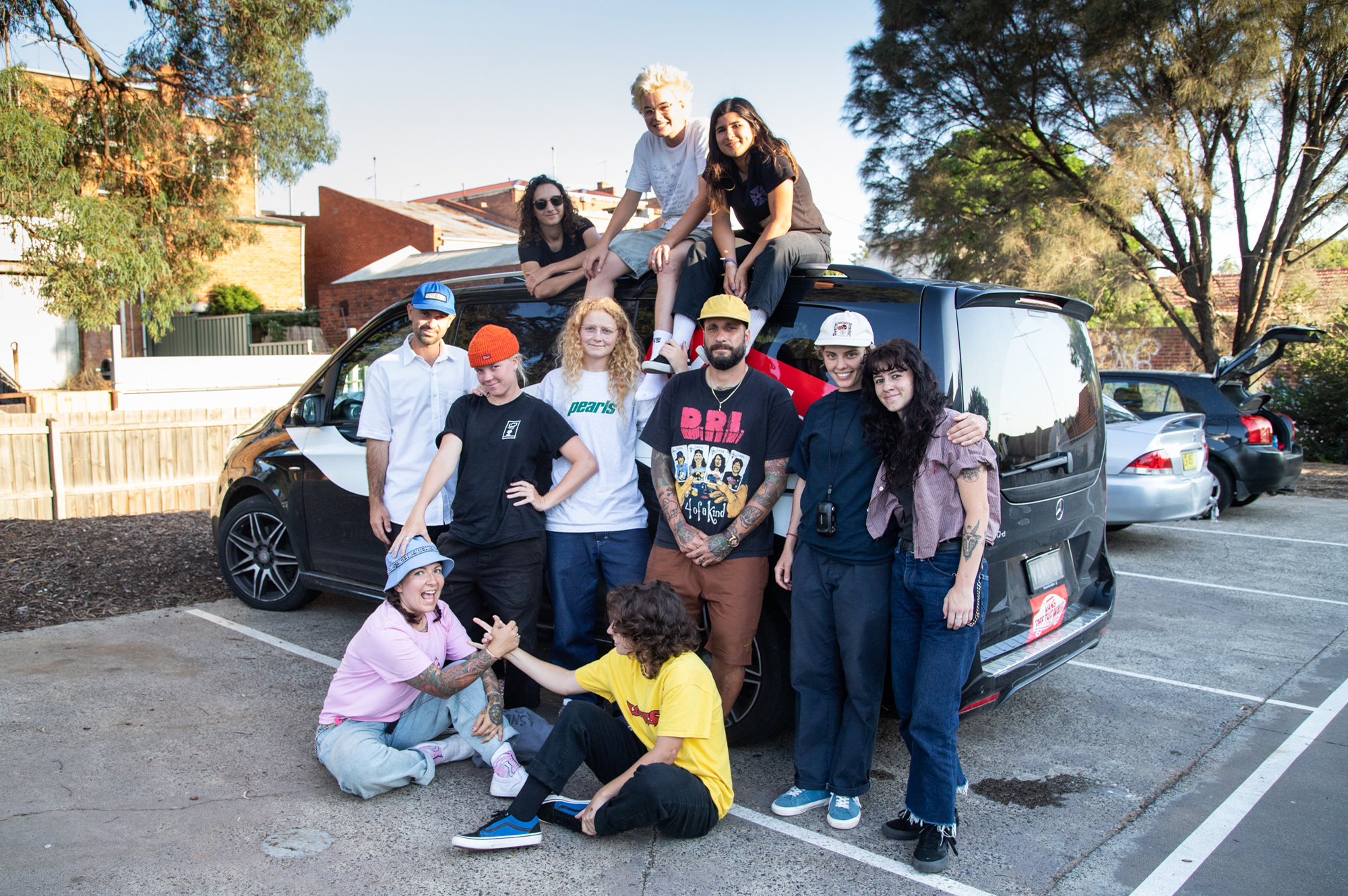
Shot in full HD and manipulated to everyone’s favorite 4:3 aspect ratio, Credits is not only Vans’ first full-length foray into all-women video projects, but also a new roadmap in how global brands are working with communities that have been largely ignored and trivialized.
Conceptualized and documented by Shari White, Credits has cohesion and energy that’s much more akin to Supreme’s cherry, in the sense that it allows the skating and vibe to brand the product rather than forcing a capsule or collection.
Of course, this positive interpretation is largely subjective, but the reception of Credits echoed the good feeling conveyed during its online debut and live Q&A on Vans’ YouTube channel. People are looking at this video, not as a “women’s video” or some sort of novelty product, and the proof of that is the feedback and reception in the comments sections.
So why has it taken so long for larger companies in skateboarding to champion this type of approach? And why in an age of YouTube accessibility do women-driven projects receive less shine in the skate community than heralded DIY projects? I spoke to both Shari White and Alex White about this to try to understand the historically tenuous relationships between skateboarding’s market leaders, women, and the LGBTQ community.

A Starting Point
In 1997, the women skate collective Villa Villa Cola released their first video, Striking Fear Into The Hearts Of Teenage Girls. The 9-minute DIY video may not have had a wide release, and some of you reading this may not even know it ever existed.
It filled a void by being the first all-women skate video, and it documented the crew’s world, style, and creativity. Villa Villa Cola continued to release zines and grow in numbers and by 2004, had partnered with Element skateboards, setting out to film the first all-women full-length, Getting Nowhere Faster.
“Do you want me to run through the last 20 years of women’s skate videos? [laughs]” Krux Team Manager Alex White asked. “The very first all-women skate video I saw was in 1997 [Striking Fear Into the Hearts of Teenage Girls]. I reached out to the crew and became a part of it. Vanessa Torres, Amy Caron, and I were living in Southern California, doing the pro skateboarding thing, whatever that was. Lisa Whitaker was filming us, as well as Jaime Reyes and all the vert girls like Jen O’Brien, Lynz Adams, and Cara-Beth Burnside. Ryan Kingman who was at Element at the time saw what we were working on and basically got behind the project, as well as Josh Friedberg at 411VM and Johnny Schillereff at Element.”
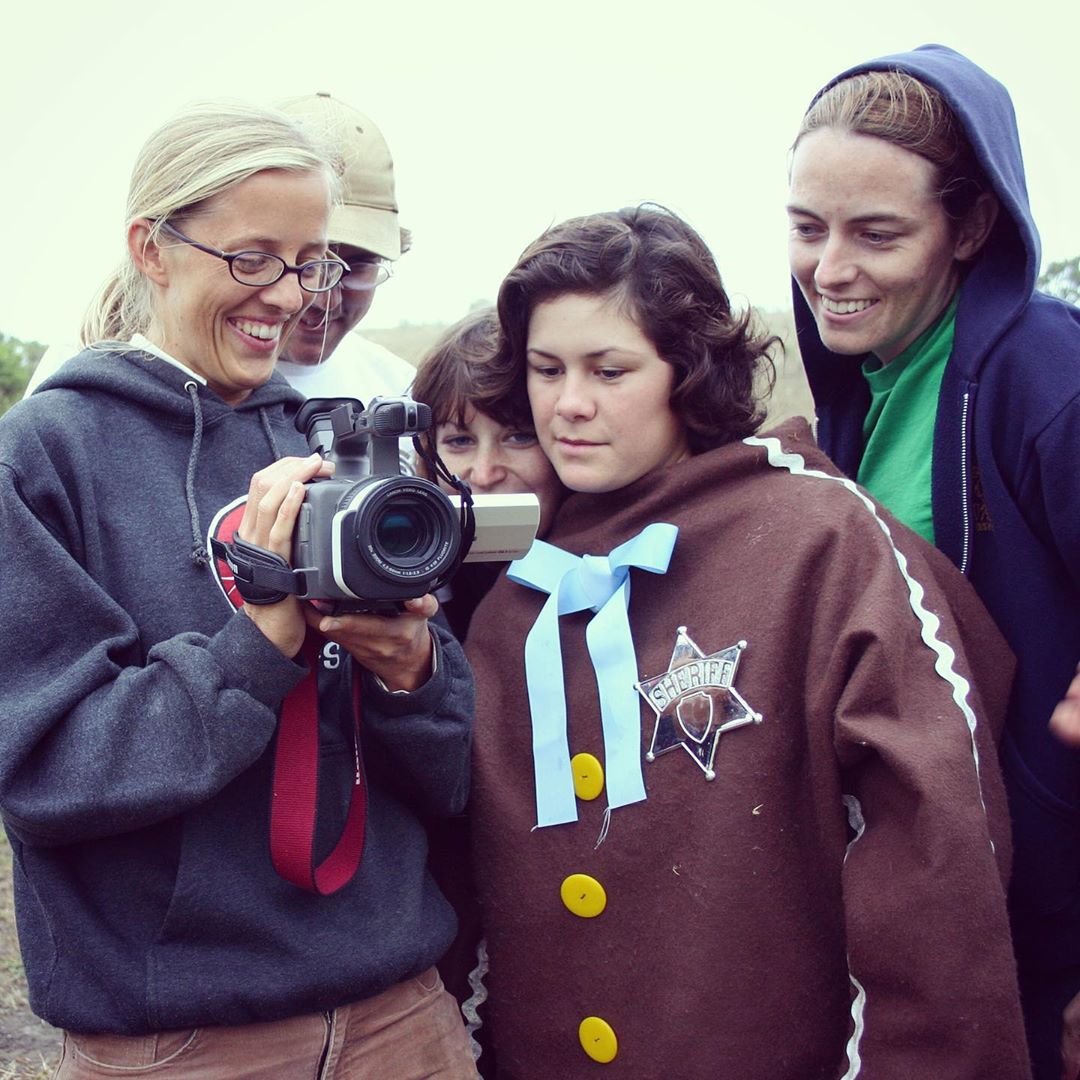
With Villa Villa Cola, Alex became part of a movement that despite lacking widespread recognition today, was groundbreaking with its efforts. “It was a crew video, rooted in this fantasy Villa Villa Cola world that Tiffany and Nicole Morgan were instrumental in creating–the skits and the craziness,” she explained. Getting Nowhere Faster came out on DVD but the distribution was really small. It didn’t get the benefit of immediately being on YouTube since it didn’t exist back then.”
A year prior, Lisa Whitaker of Meow Skateboards and Girls Skate Network worked with Mike Hill and Whyte House Productions on a tour documentary of four female skaters titled AKA: Girl Skater, which showcased Amy Caron, Vanessa Torres, Monica Shaw, and Jamie Reyes skating around Australia with Big Brother’s Dave Carnie in tow.

It was only the beginning for projects envisioned, produced, and led by women, and it seemed like as the skate industry continued to grow, so too would their place in skateboarding’s overall culture. With women featured on nationally televised skate contests and finally getting the support of larger brands and media, women in skating were on the cusp of a breakout. Instead, a financial crisis hit the United States that severely impacted the skate industry for years to come.

A Brief Downturn
“Picture this. In 1999 the women’s scene was still zines, DIY brands, and mostly underground. Getting Nowhere Faster is 2004. George W. Bush, puka shell necklaces, Hummers, decadence, big brands pumping money into this huge boom, then you have the recession in 2008 that really caused a lost generation of women skateboarders who were just starting to get a taste of it. Then the floor dropped out. The girls’ programs were the first to get cut along with a lot of talented guys.”
This drove a burgeoning female-driven scene back down to the underground to self-produce, promote, and grow their own brands, channels, and crews. As Alex explains, “Most of the coverage [after the crash] was from major contests and the media we created ourselves. You had Girls Skateboard Network and Mahfia TV which was started by Kim Woozy, so you really needed to be seeking it out. It wasn’t passively coming to you through your phone.”
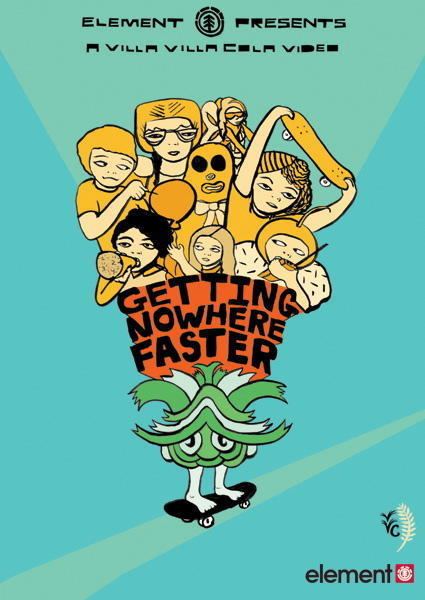
From 2008 there was a big gap in all-women skate content until 2016’s Quit Your Day Job. “The Quit Your Day Job crew were kind of the ‘lost generation’,” Alex explained. “They were bridging things. Monique O’Toole and Erik Sandoval produced it all by a GoFundMe, so they were really doing it by themselves.” It was that same spirit that had led the first wave of growth for women in the skate industry, and the crew had to tap into it again to rise from the pitfalls of the economic downturn.
In our discussion, Shari mentions that as the world continued to change with more equity and equality in all aspects, skateboarding followed suit. “With more programs for women and trans folks like Skate Like A Girl and crews like Unity popping up, there are more numbers on our side. Social media probably played a huge part; people being able to connect with others, finding other people like yourself.”
“Look at Enjoi,” says Alex, expanding on the changing landscape in skateboarding. “Not that long ago their ads were super fucking offensive, making rape jokes. They’ve changed.”
It’s a shift that Alex has noticed even among her inner circle, made up of skaters and friends who often found themselves on the outside or at the butt end of jokes.
“Lisa was going through our old transfer tapes and apparently, Vannesa, Amy, and I would say ‘fag’ to each other all the time. And we’re all gay so I don’t know if that gives us a pass or not. It’s really offensive [laughs]. A bunch of closeted 16-year-old lesbians calling each other ‘fag.’ What a scene!”
“There are hardly any companies saying ‘fag’ anymore. There’s a real shift in awareness and I welcome it. Even the Anti-Hero bro is a little more woke,” she says half-jokingly.
Most recently Vans gave Shari the freedom to create Credits, something stylized and authentic to her view of skating.
“I was really inspired by Jacob Harris‘ editing from Vase and Atlantic Drift,” Shari says. “When I was told I had to do HD for the project I was looking at James Cruickshank‘s Grey Magazine edits. Along the way, I was watching a lot of Frog and Daniel Dent edits too. Shane Auckland taught me how to film. I would ask him all sorts of questions, like ‘When someone’s doing this specific trick on this obstacle, how should I end the clip?’ I’d even send clips being like ‘What should I have done differently?’”
The video premiered live on YouTube and offered an almost instant nostalgia with its washed-out colors and melancholy bliss, with everyone watching with a shared understanding that it’s going to be a while before we’re all high fiving and hugging post-trick on a skate trip again. Even the soundtrack choices, specifically Breana Geering skating to Galaxie 500’s “Strange” felt on-the-nose for the most confusing time in our lives.

An Upswing
In 2020, as a global health pandemic puts the world economy in the red and forecasts an epic recession in the United States, it seems that an entire industry will once again have to navigate a massive contraction.
Coincidentally, the timing falls during the thick of another breakthrough moment in skating for women and the LGBTQ community, with the big shoe brands all pushing content and product focused on those historically ignored by mainstream media and skating at large.
More than just budgets and supply chains, the coronavirus’s direct impact on skateboarding has been felt with an indefinite stasis and overall uncertainty looming over it. But perhaps exposure and experiences women have lived in the past few years can be channeled back into personal projects and inform the next wave in new ways. With parks closed throughout the world, it’s a universal moment that calls back to the great skatepark closings of the ‘70s and ’80s that spawned America’s backyard ramp scene and ultimately street skating.
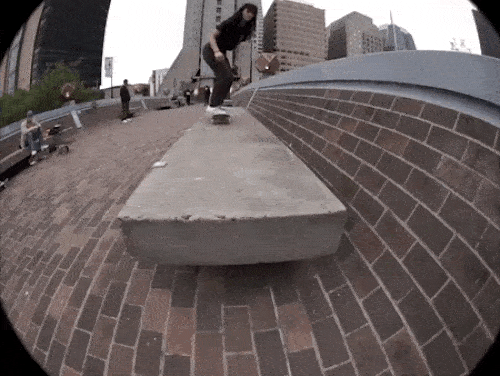
In that sense, the timing of Nike SB’s Gizmo and Vans’ Credits and more street-forward content could be a moment of inspiration. An entire generation of all genders whose main exposure to skateboarding has been public parks are now tasked with adapting, and these latest videos could become points of inspiration.
What Alex sees as the biggest advancement in women’s skating is that with many crews gaining mainstream attention, they’re able to parlay that interest into brands.
(The Skate Witches, for example, who released their all women full length THX in 2019, started as a crew that branched into a zine, hosts of an annual contest, and video producers.)
“There will be a point in every young skater’s life where they go, ‘What the fuck do I do?’ and that’s important,” Alex says. “The test of a good human is to see what happens when it’s all taken away. There are no skateparks now, so what are you actually going to do and how is it going to shape your experience? The whole process is a journey.”
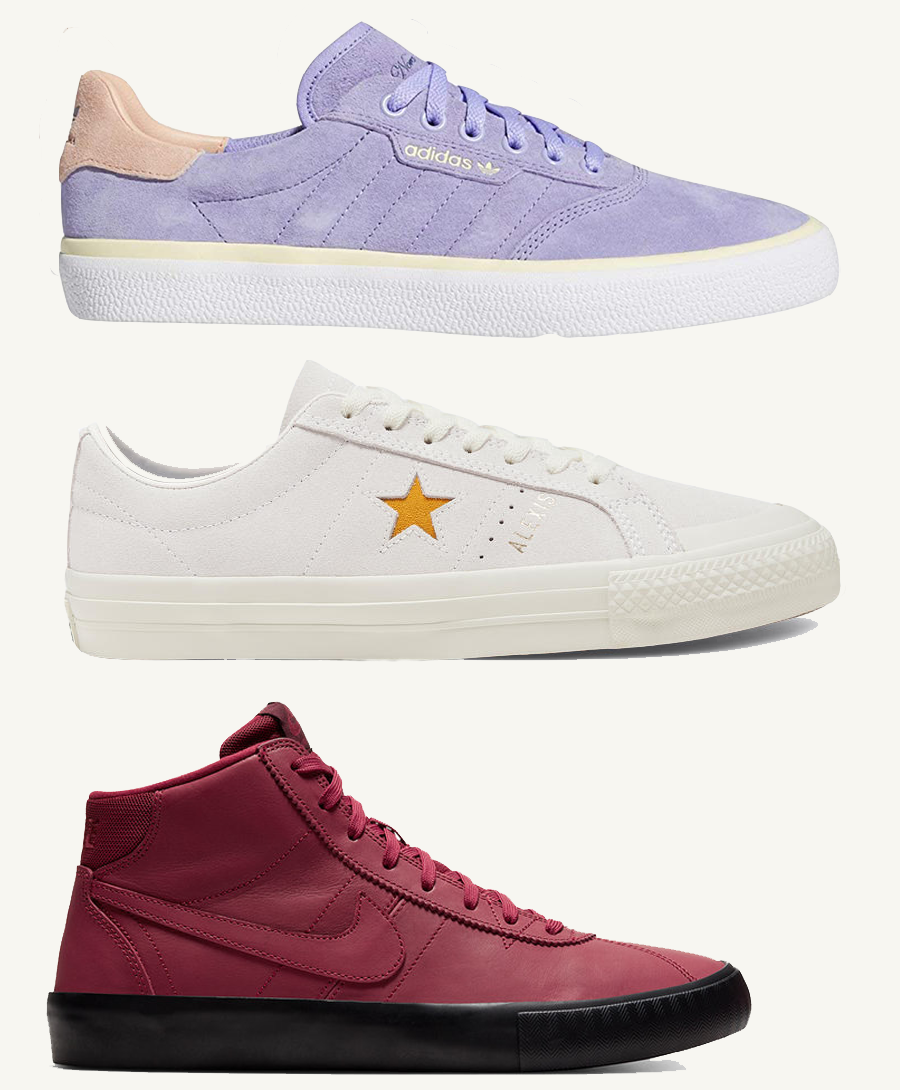
Despite women’s growing influence in the overall culture of skateboarding, there has yet to be a single brand to break through into the male-centric streetwear space that’s had crossover success for “crew-based” brands like Bronze 56K, Alltimers, and Dime. And while footwear companies aren’t creating capsules with women to the degree they are with the aforementioned brands, they have embraced gender-neutral product lines such as adidas Skateboarding and Nora Vasconcellos’ unisex line, Leo Baker’s Orange Label capsule with Nike SB, and Alexis Sablone’s CONS One Star, all which have been adopted by many male skaters as well as women.
The uniting thread is that the skate video becomes the key branding opportunity, and it’s where Shari is carving out an inviting stylized space. The major positive is that the network that’s been growing agnostic of industry support now has hope that growth and visibility can continue, regardless of who’s funding their projects.
“I feel personality invested in women’s skate projects, even when I’m not directly a part of them, so to see them do it right by the whole scene was great,” Alex says. The recent push is more than just marketing; it’s a sign that brands are beginning to understand how to foster actual growth and energize the community.
Related Posts
Comments
Popular
-
 RECONTEXTUALIZING ZAK ANDERS, ONE OF TODAY’S MOST MYSTIFYING SKATERS
RECONTEXTUALIZING ZAK ANDERS, ONE OF TODAY’S MOST MYSTIFYING SKATERS
"I don’t want to be this brutal punk that hates everything that people like, and I’m trying really hard to undo that."
-
 RARELY SEEN PHOTOS FROM READ AND DESTROY, THE BELOVED BRITISH SKATE MAG
RARELY SEEN PHOTOS FROM READ AND DESTROY, THE BELOVED BRITISH SKATE MAG
Check out early documentation of London's Southbank, vert ramps tucked into Lord of the Rings-level forests, and everything in between.
-
 NAVIGATING SKATING’S HIGHS AND LOWS WITH MATT MILITANO
NAVIGATING SKATING’S HIGHS AND LOWS WITH MATT MILITANO
Over coffee and cigarettes Matt talks prank shows, ABDs and his love for the VX.
-
 A CHAT WITH LUDVIG HAKANSSON, THE OLDEST SOUL IN SKATEBOARDING
A CHAT WITH LUDVIG HAKANSSON, THE OLDEST SOUL IN SKATEBOARDING
The man loves to read Nietzche, skates in some expensive vintage gear, and paints in his own neoclassical-meets-abstract-expressionist style.
-
 MEET THE SEATTLE ARTIST WHO DESIGNED A BACON ’N EGGS INSPIRED SKATEPARK
MEET THE SEATTLE ARTIST WHO DESIGNED A BACON ’N EGGS INSPIRED SKATEPARK
Breakfast-obsessed skaters rejoice!


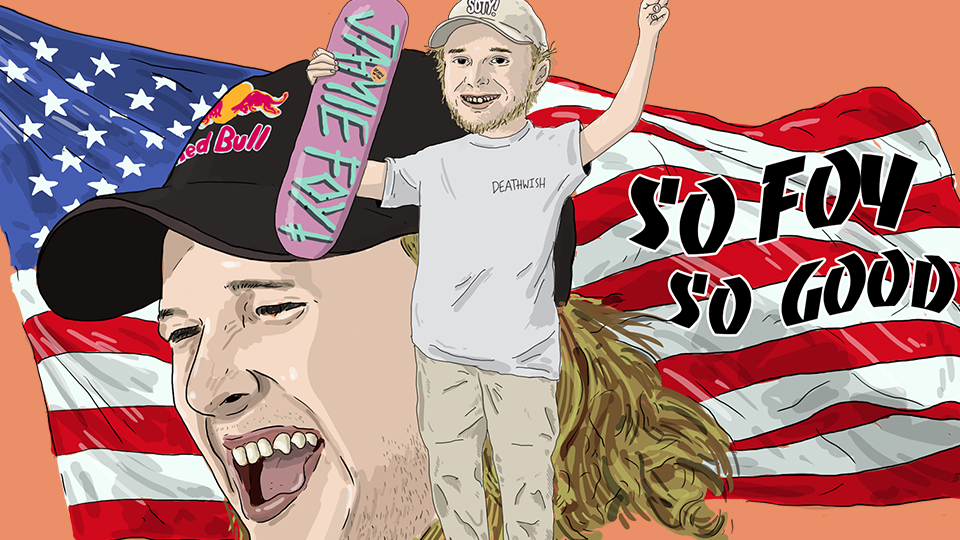
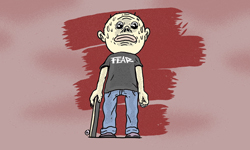
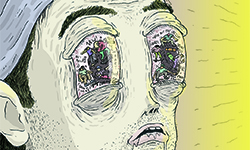
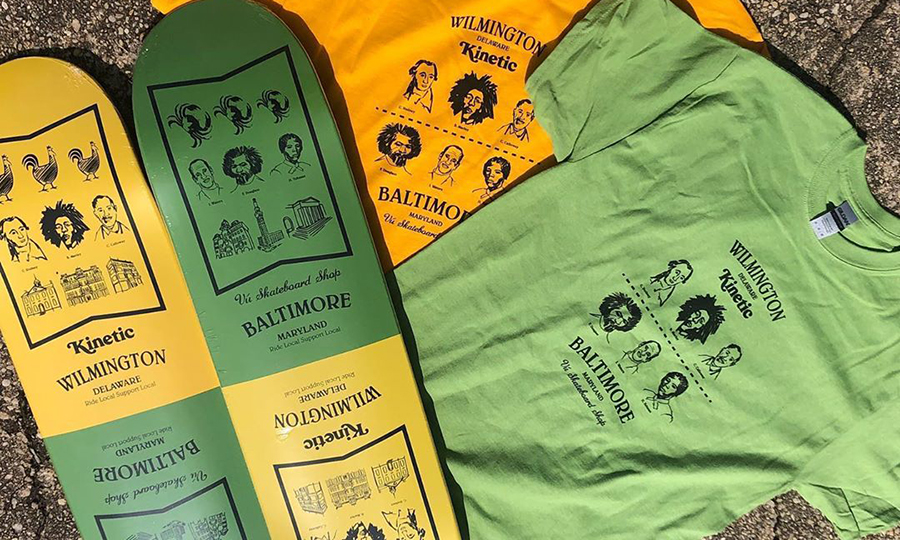
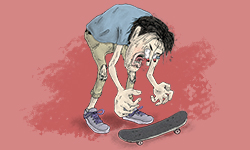
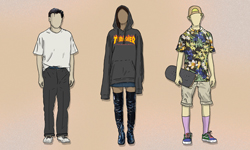
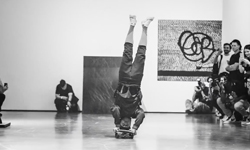
May 23, 2020 11:40 am
Lol ok
May 23, 2020 12:50 pm
Very cool. Had never heard of the earlier videos and thoroughly enjoyed watching them all!
May 23, 2020 6:34 pm
i tried
May 24, 2020 10:47 am
hey, you gave it your best, that’s all anyone can ask for.
June 18, 2020 11:10 am
to think you’re not a weak ass mofo. I failed.
May 25, 2020 9:45 am
Well done piece and there was some great skating in the Vans video. The impossible at the china banks was very sick! Nice to see the industry involving more women and learn a bit about the history of the female skate crews. Nice work Jenkem!